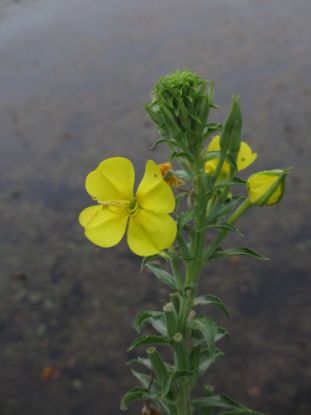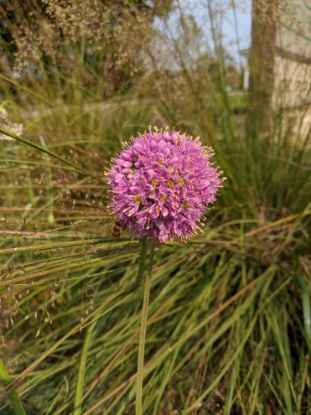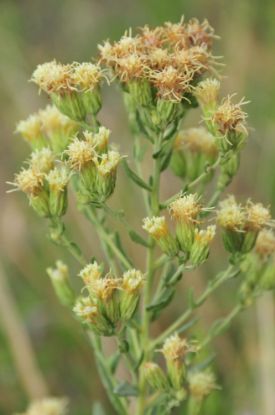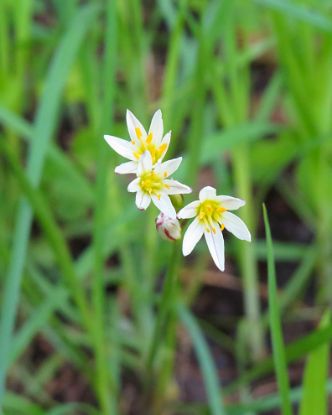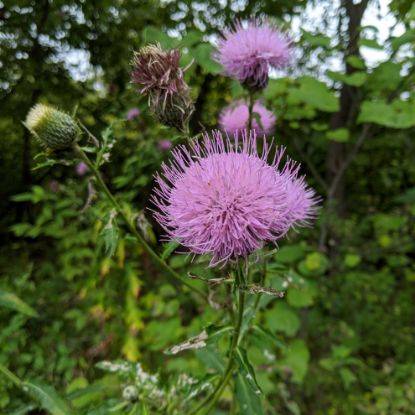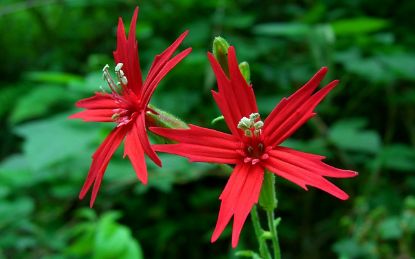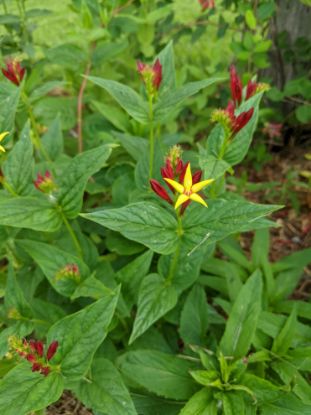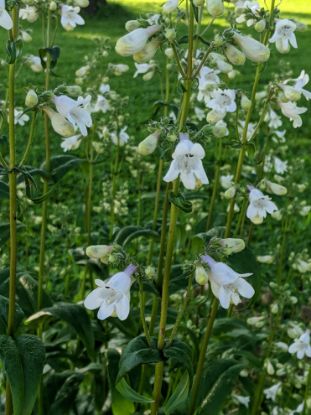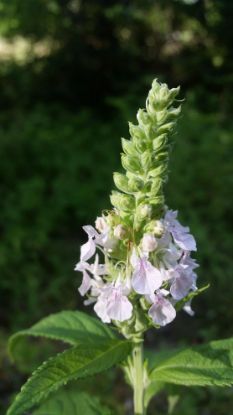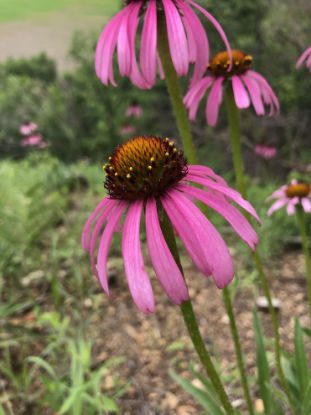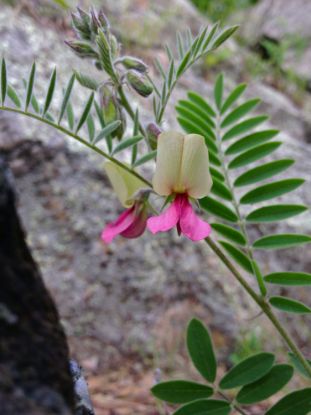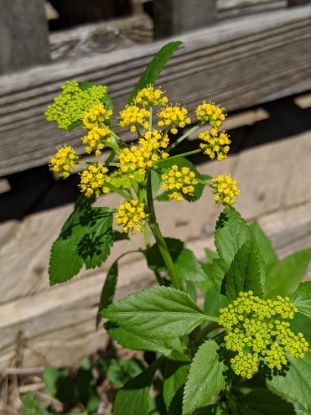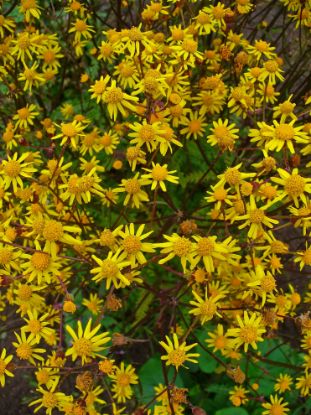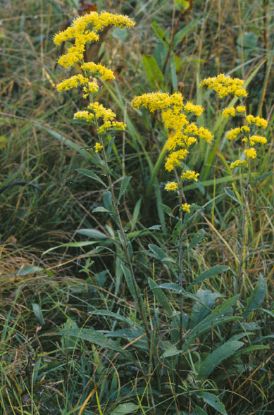Filter by attributes
Wildflowers
Sort by
Display
per page
View as
204 products found
Evening Primrose (Oenothera biennis)
Biennial. Needs disturbed soil to help reseed. Beneficial to many pollinators.
Out of stock
$6.00
Fall Glade Onion (Allium stellatum)
A beautiful onion bulb with deep secondary roots that make it drought tolerant. Not preferred by deer or rabbits. Attracts small pollinators.
I'm sleeping right now. See you in the spring.
From $6.00
False Boneset (Brickellia eupatorioides)
Though the flowers aren't showy, we absolutely love the puffball seeds that glow in the winter, especially against bronze grasses like shorter Andropogons or Little bluestem. Deeply rooted plant tolerant of extreme drought.
I'm sleeping right now. See you in the spring.
$6.00
False Garlic (Nothoscordum bivalve)
Despite its name, this plant is not for human consumption. Good early source of nectar. Looks like small tufts of grass when not in bloom.
I'm sleeping right now. See you in the spring.
$6.00
Field Thistle (Cirsium discolor)
Biannual. A beautiful native thistle (be careful when you plant it) that blooms the second year. Goldfinch love the seeds and you may even see a hummingbird visit for nectar.
Out of stock
$6.00
Fire Pink (Silene virginica)
A great addition to your hummingbird garden. Short lived perennial but may reseed if given some bare ground.
I'm sleeping right now. See you in the spring.
$6.00
Firecracker (Spigelia marilandica)
A nice pop of summer color for your shade garden. Great form and leaf texture. Comes up later in the spring, so plant with spring ephemerals or other plants that emerge earlier.
I'm sleeping right now. See you in the spring.
$6.00
Foxglove Beardtongue (Penstemon digitalis)
Stunning white flowers. Seed pods also add beauty and texture to the garden. A study in KC showed that Penstemon is one of the plant genera in our area that attracts the largest number of different bee species.
I'm sleeping right now. See you in the spring.
From $6.00
Fringed Poppy Mallow (Callirhoe digitata)
Prefers a drier, rocky soils. Long tap root makes it drought tolerant. Delicate flowers seem to float in the air. Attracts long-tongued bees and hummingbirds. Caterpillars of the chalcedony midget moth feed on the leaves.
Out of stock
$6.00
Germander (Teucrium canadense)
Bees love this plant. May be aggressive.
I'm sleeping right now. See you in the spring.
$6.00
Glade Coneflower (Echinacea simulata)
Drought tolerant coneflower; attracts birds, bees, and butterflies. Upright stature and delicate flower petals make a nice addition to formal, cottage, or wild garden. Can be deadheaded for longer blooms. Similar to E. pallida but has a deeper petal color
I'm sleeping right now. See you in the spring.
$6.00
Goat's Rue (Tephrosia virginiana)
All parts of the plant are mildly toxic to humans. Likes acidic, well-drained soil. Interesting bi-colored flower in the pea family. Difficult to transplant/divide.
I'm sleeping right now. See you in the spring.
$6.00
Golden Alexanders (Zizia aurea)
Host plant for swallowtail butterflies. Can tolerate a lot of shade, though prefers more sun. Great for butterflies. Can be aggressive – give it competition.
I'm sleeping right now. See you in the spring.
$6.00
Golden Ragwort (Packera aurea)
A study in KC showed that Packera attracts a large number of different bee species in our area. Groundcover for a shady, moist area. Semi-evergreen. Readily self seeds. Doesn't like to dry out.
I'm sleeping right now. See you in the spring.
$6.00
Gray Goldenrod (Solidago nemoralis)
Spreads aggressively. Great for bees and butterflies. Not favored by deer. One of the shortest goldenrods. Good for poor soil.
I'm sleeping right now. See you in the spring.
$6.00
